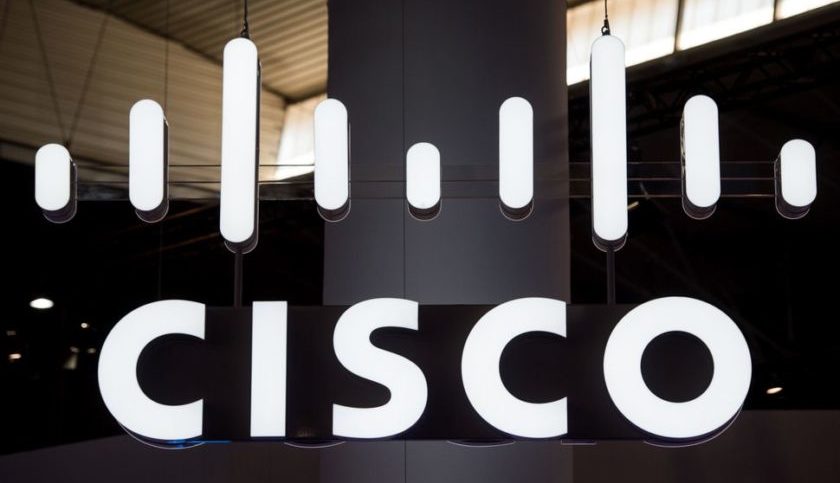HITS

Cisco CEO: Strong Demand for New AI-Based Networking System Products
Story Highlights
Cisco has seen strong customer demand for its new artificial intelligence (AI)-based networking solution products since introducing them in June, according to CEO Chuck Robbins.
The company’s new intent-based networking capabilities provide “highly differentiated advancements in security, programmability, performance and lower operating cost by innovating at the hardware and software layer,” he said during an earnings call for Cisco’s fourth quarter (ended July 29). It’s also an example of how Cisco is “moving its core business to a recurring revenue model,” he told analysts.
“Customer reception to this new innovation has been incredibly positive,” he said, adding that although major transitions like this are “multi-year” in nature, “during the first four weeks in the market our pipeline and product orders are strong.”
For example, more than 200 customers already ordered Cisco’s new Catalyst 9000 switches, which he called “the heart” of the new “Network. Intuitive” platform. The “large majority of our customers are adopting the most advanced subscription offer available,” he added.
The new platform “creates a fully integrated intuitive system that is designed to anticipate actions, stop security threats in their tracks and continue to evolve and learn over time,” he noted, pointing out Cisco was using the latest technologies, including machine learning and advanced analytics, to operate and define the network.
On a security basis, the new network enables Cisco customers to detect threats in encrypted traffic with “unprecedented accuracy” using its encrypted traffic analytics and intelligence from Cisco’s Talos cyber intelligence business, he said.
In the fourth quarter, Cisco also announced an extension of its strategic partnerships with Apple, IBM and Microsoft, he noted. Cisco plans to deliver the first enterprise security application on Apple iOS and is integrating Cisco’s comprehensive security portfolio with the IBM Cognitive Security operations platform, he said.
Cisco is also collaborating with Microsoft in two important ways. First, Cisco is implementing a software layer on data center switches that Robbins said provides Microsoft with the “flexibility to run their own operating system” on Cisco’s hardware platforms in the Microsoft Azure cloud infrastructure.
Cisco is also collaborating with Microsoft to enable businesses to build and host their Internet of Things (IoT) applications in Microsoft Azure while “extending the power of those applications to the edge via” Cisco’s Fog Computing solutions, he said.
Cisco believes it’s “well positioned as the number one enterprise security vendor,” he went on to say, adding that “with growing cyberattacks and the need for our customers to protect their business-critical data and applications, we are aggressively providing security everywhere: in the network, in the cloud and at the endpoint.”
Cisco’s security business had a strong fourth quarter that he said included “double-digit orders and 49 percent deferred revenue growth.” Security revenue grew 3% from a year ago. That topped off a year in which the company “delivered 9 percent revenue growth, with more than $2 billion in revenue,” Robbins said.
Cisco’s “leadership position in network security continues to expand, driven by our next-generation firewall portfolio with over 6,000 new customers added in the quarter, which is three times our nearest competitor,” he said. That boosted Cisco’s total customer base to almost 80,000, he said.
Wireless was Cisco’s best-performing category in the fourth quarter, with revenue up 5% from a year ago. But switching revenue fell 9% and total Cisco revenue fell 4% to $12.1 billion, with product sales down 5% at $9 billion and service revenue up 1% at $3.1 billion. Profit fell to $2.4 billion (48 cents a share) from $2.8 billion (56 cents a share).
Robbins said he was “confident with our progress” in Cisco’s multi-year transition, but conceded “it’s clear there’s more for us to do.”









